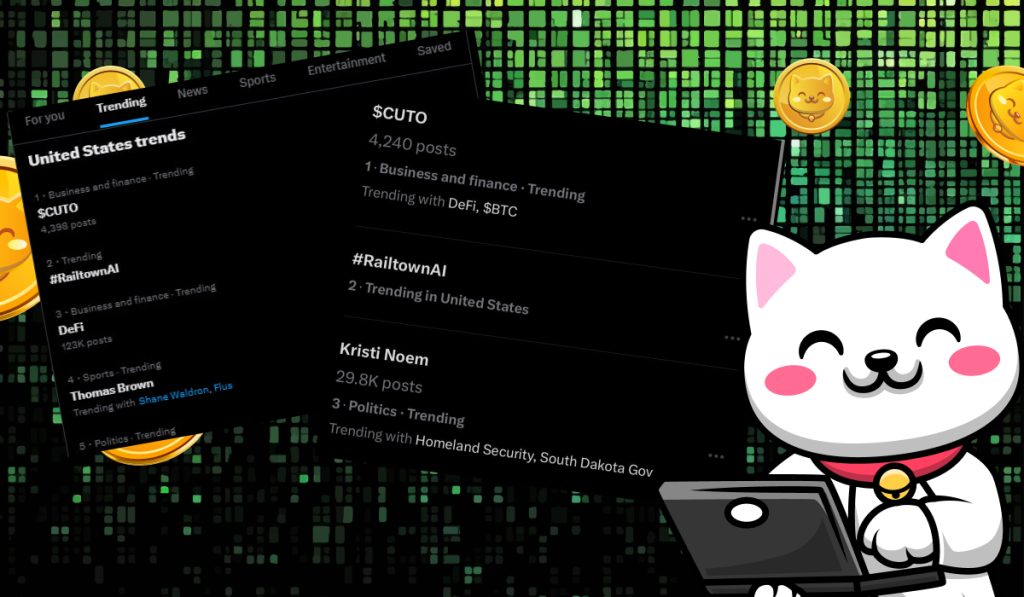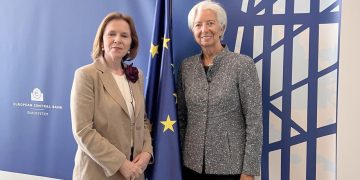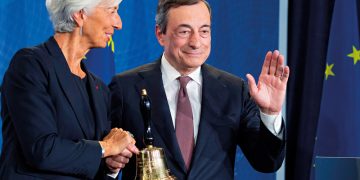In the final quarter of 2024, Twitter saw a remarkable surge in discussions around fintech payment solutions, with topic mentions increasing by over 60% compared to the previous quarter. Simultaneously, credit markets began signaling growing tension—credit spreads on corporate bonds widened steadily, raising concerns about underlying financial stress. Could this spike in social media chatter about fintech payments serve as an early warning for broader credit market vulnerabilities in 2025? This article investigates the possible connections between social sentiment, fintech innovation, and credit market dynamics, uncovering contrasting interpretations and the implications for investors and policymakers alike.
Key Data and Background
In Q4 2024, fintech payment topics—ranging from mobile wallets to blockchain-enabled remittances—became the hottest subject on Twitter’s financial feeds. Data analytics firm Brandwatch recorded a 62% quarter-over-quarter increase in fintech payment mentions. Meanwhile, credit markets experienced notable shifts: the average credit spread on investment-grade corporate bonds widened from 95 basis points in September 2024 to 130 basis points by December. High-yield bond spreads, similarly, expanded from 350 to 410 basis points.
Several interrelated factors explain these phenomena:
- Market Uncertainty: The fintech discussion surge coincides with growing investor caution about creditworthiness amid rising interest rates and geopolitical risks.
- Changing Borrower Behavior: Banks reported a measurable decline in loan demand during Q4, partly attributed to cautious corporate clients delaying new credit lines.
- Fintech Payment Evolution: Emerging payment innovations attracted more attention as businesses and consumers look for alternatives to traditional banking services amid tightening credit conditions.
These data points collectively hint at a complex feedback loop where social media sentiment, fintech innovation, and credit market fundamentals intertwine.
Cross-Market Impact
► Declining Bank Loan Demand
Commercial banks across major economies reported a 7% decline in new loan applications in Q4 2024, compared to Q3. This trend reflects cautious borrowing as companies prepare for potential economic slowdowns. Fintech payment platforms, offering faster settlement and reduced reliance on traditional credit instruments, increasingly serve as substitutes in corporate cash flow management.
The decline in bank loan demand ripples through multiple channels:
- Reduced lending activity pressures bank profitability, potentially tightening credit availability further.
- Corporates shifting to fintech payment ecosystems may find themselves less reliant on traditional credit, yet more exposed to fintech-specific risks.
► Venture Capital Preferences
Amid credit market stress, venture capital firms shifted their focus toward early-stage fintech payment startups, attracted by their disruptive potential and scalability. According to Crunchbase data, funding rounds for payment-related fintech startups increased by 18% in Q4 2024, while late-stage fintech funding declined by 12%.
This investor behavior indicates a preference for innovation in payment solutions, even as broader credit markets tighten. It reflects a bifurcation where early fintech innovation gains momentum, whereas traditional financial intermediaries face headwinds.
► Historical Context: 2019-2020 Payment Innovations and Market Stress
A similar pattern emerged during the onset of the COVID-19 pandemic, when spikes in fintech payment conversations preceded market volatility. However, unlike 2024, then-central banks responded with unprecedented quantitative easing, mitigating credit stress. The current environment—with rising interest rates and cautious monetary policy—differs, amplifying concerns that fintech-related social media trends may have stronger predictive power.
Expert Perspectives
► Citibank: Normal Market Adjustment
Citibank analysts argue that the widening credit spreads and social media buzz represent a typical market cycle adjustment. In their Q1 2025 outlook report, they emphasized that “credit markets are recalibrating to rising rate environments and geopolitical uncertainties, and fintech discussions reflect broader investor interest rather than distress.” They caution against overinterpreting social media chatter, noting historical episodes where such spikes failed to precede systemic risks.

► Alternative Finance Influencers: Early Warning Signal
Contrasting sharply, several prominent alternative finance bloggers and social media analysts claim Twitter fintech payment spikes act as “canaries in the coal mine.” They highlight the correlation between sentiment shifts and market stress, suggesting that the rapid rise in fintech payment discussions signals growing distrust in traditional credit systems. These voices advocate for closer monitoring of social data as a nontraditional, yet timely, risk indicator.
► Institutional Insights
Goldman Sachs and Morgan Stanley reports underscore a nuanced picture. Goldman views the credit spread widening as consistent with gradual monetary tightening, but acknowledges fintech’s growing role in reshaping credit markets. Morgan Stanley emphasizes investor segmentation: institutional players remain cautious, while retail and fintech-focused venture capitalists aggressively pursue payment innovations.
► Contrarian Viewpoints
Nobel laureate economist Robert Shiller points out that “social media-driven financial narratives can amplify market sentiments, sometimes beyond fundamentals.” He warns against conflating correlation with causation, advising a careful, data-driven approach in interpreting social chatter as market signals.
Future Outlook and Strategies
Optimistic Scenario
Fintech payment innovation drives more efficient credit allocation, mitigating credit stress through alternative financing channels. Credit markets stabilize as traditional and fintech systems integrate, benefiting from enhanced transparency and digital infrastructure.
Neutral Scenario
Credit market stress continues moderately, but fintech payment discourse normalizes. Investors balance risk by diversifying across fintech innovation and traditional credit instruments, while regulators monitor systemic risks without drastic intervention.
Pessimistic Scenario
Credit spreads widen further, driven by economic slowdown and tightening monetary policy. Fintech payment hype masks deeper credit dislocations, culminating in market volatility and funding freezes. Social media signals lag actual market stress, reducing their predictive value.
Investor Recommendations
- Track credit spread movements alongside social media fintech sentiment trends for early warning signals.
- Monitor bank loan demand and fintech startup funding rounds to gauge market liquidity dynamics.
- Maintain diversified portfolios balancing traditional credit and fintech-related assets.
- Stay alert to regulatory developments impacting fintech payment innovation and credit markets.
Conclusion
The Q4 2024 spike in Twitter fintech payment discussions, aligned with widening credit spreads, presents a compelling yet complex signal for 2025’s credit market landscape. While mainstream institutions view these as routine market dynamics, alternative analysts argue for a deeper role of social sentiment in forecasting financial stress. Ultimately, blending traditional credit data with innovative social media insights may offer investors and policymakers a richer toolkit to navigate evolving market risks.





































